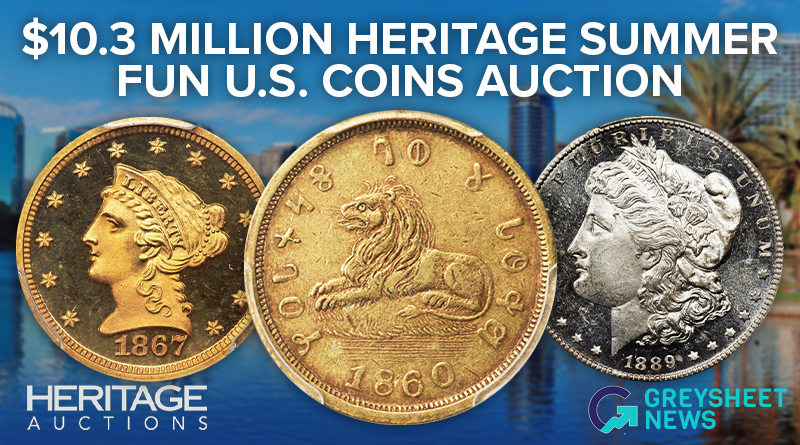Banknote Book & CPG® PRICE GUIDE
- World Currency /
- Demerary and Essequebo /
-
Colonies of Demerary and Essequebo Currency & Banknote Values
Sort by
About This Series
Catalog Detail
Legal Disclaimer
The prices listed in our database are intended to be used as an indication only. Users are strongly encouraged to seek multiple sources of pricing before making a final determination of value. CDN Publishing is not responsible for typographical or database-related errors. Your use of this site indicates full acceptance of these terms.
| Colonies of Demerary and Essequebo | Value Range | Favorite | |||
|---|---|---|---|---|---|
| Colonies of Demerary and Essequebo | Value Range | ||||
|
-
|
||||
|
$200.00
-
$600
$200.00 - $600
|
||||
|
-
|
||||
|
-
|
||||
|
-
|
||||
|
-
|
||||
|
-
|
||||
|
-
|
||||
|
-
|
||||
|
-
|
||||
|
$1,100
-
$1,100
$1,100 - $1,100
|
||||
|
-
|
||||
|
$100.00
-
$900
$100.00 - $900
|
||||
|
-
|
||||
|
-
|
||||
|
-
|
||||
|
-
|
||||
|
-
|
||||
|
-
|
||||
Related Stories (powered by Greysheet News)
View all news
National Coin & Bullion Association Celebrates the Appointment of Longtime Member and Former Board Director

The Banque Centrale de Luxembourg release their latest gold commemorative coins.

1860 Mormon Gold Half Eagle, 1915-S Panama-Pacific 50 Dollar Round and record-setting 1867 quarter eagle among event's top highlights.
Greysheet Catalog Details
Catalog Detail
Legal Disclaimer
The prices listed in our database are intended to be used as an indication only. Users are strongly encouraged to seek multiple sources of pricing before making a final determination of value. CDN Publishing is not responsible for typographical or database-related errors. Your use of this site indicates full acceptance of these terms.









 Loading more ...
Loading more ...